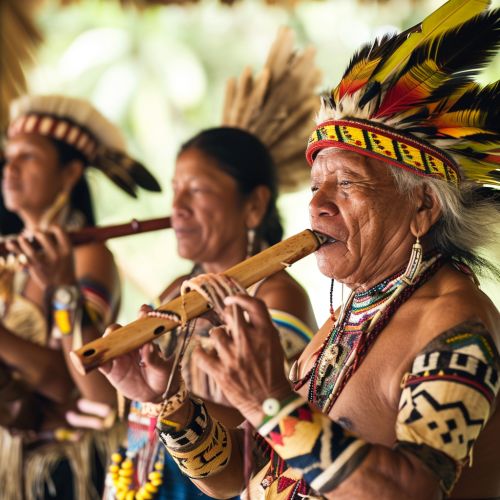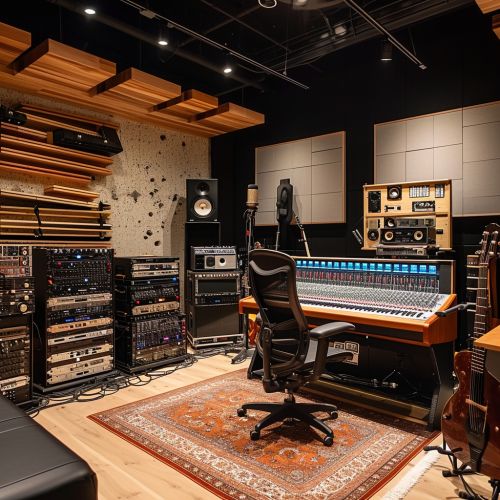Music of Canada
Origins
The music in Canada has a long and diverse history that can be traced back to the indigenous peoples who first inhabited the region. The indigenous peoples of Canada, including the First Nations, Inuit, and Métis, each developed their own unique musical traditions and styles. These traditions were often deeply intertwined with spiritual beliefs and cultural practices, and included a wide range of musical forms, from vocal music and drumming to the use of various traditional instruments.


European Influence
With the arrival of European settlers in the 16th and 17th centuries, the music of Canada began to be influenced by European styles. The French and British settlers brought with them a variety of musical traditions, including folk music, classical music, and religious music. These European influences blended with the indigenous musical traditions to create a unique Canadian musical identity.
19th Century Developments
In the 19th century, the music of Canada continued to evolve and diversify. The development of music publishing and the spread of sheet music allowed for the dissemination of popular songs and dances. The rise of the middle class also led to an increased demand for music as a form of entertainment, leading to the establishment of music halls and the professionalization of musicians.
Early 20th Century
The early 20th century saw the emergence of Canadian composers who sought to create a distinctively Canadian sound. Composers like Healey Willan and Sir Ernest MacMillan drew inspiration from Canadian folk music and indigenous music, as well as from European classical music traditions. This period also saw the rise of popular music genres such as jazz and big band music, which were influenced by American musical trends.
Mid to Late 20th Century
The mid to late 20th century was a period of significant change and growth in the music of Canada. The advent of radio and television broadcasting, as well as the development of the recording industry, allowed Canadian music to reach a wider audience. This period saw the emergence of a number of successful Canadian musicians and bands in a variety of genres, from folk and country to rock and pop.


Contemporary Music
Today, the music of Canada is as diverse as the country's population. It encompasses a wide range of genres, from pop and rock to hip hop, country, and electronic music. Canadian musicians continue to make significant contributions to the global music scene, and the country's music industry is a major economic and cultural force.
